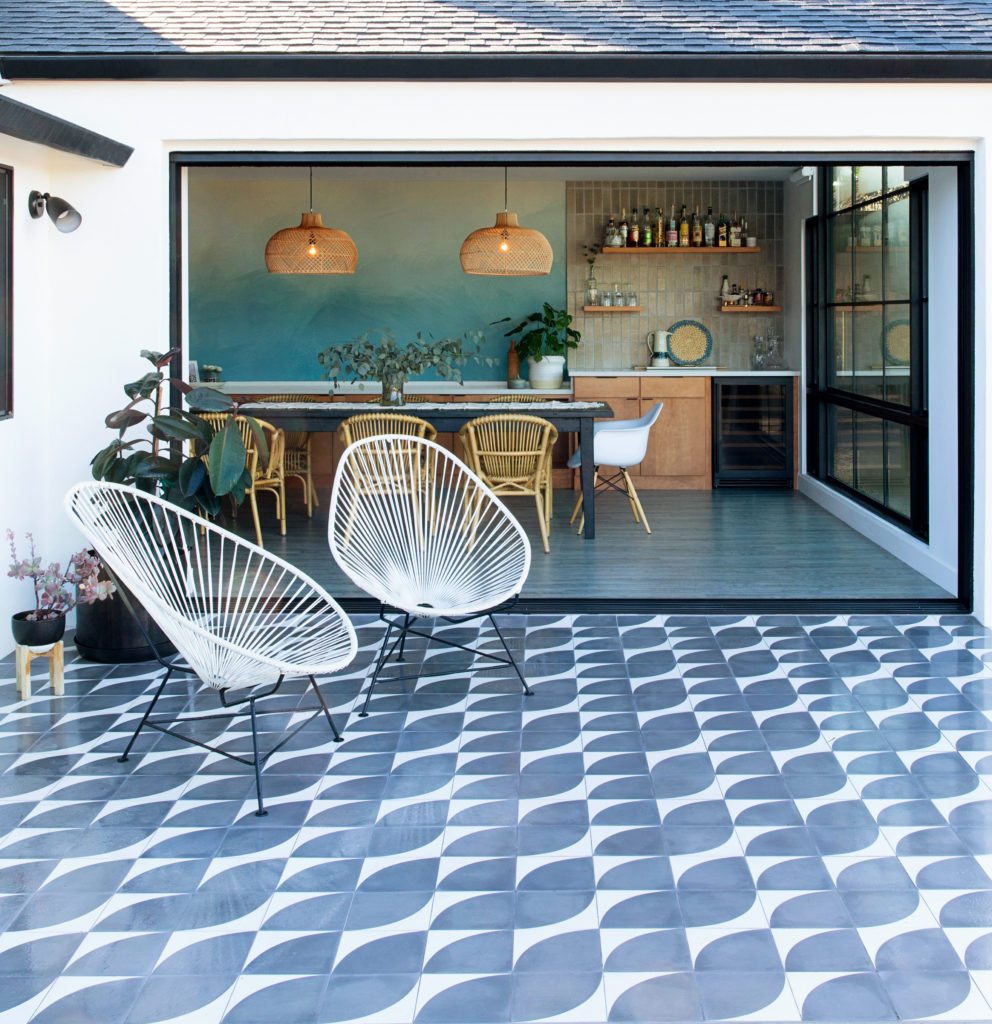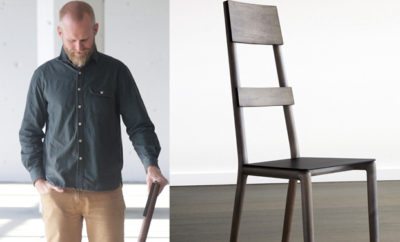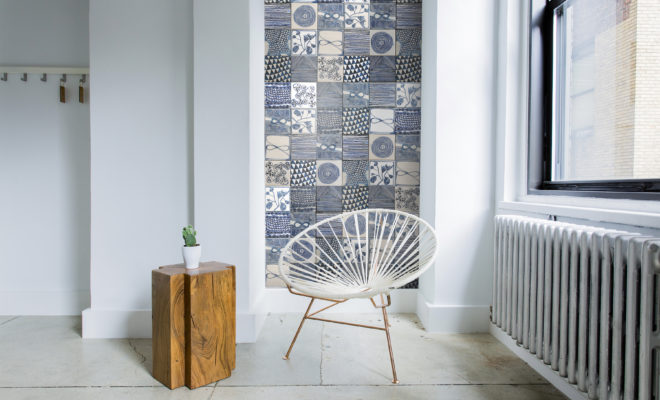 EXCEPT AS NOTED, ALL IMAGES COURTESY OF CLÉ
EXCEPT AS NOTED, ALL IMAGES COURTESY OF CLÉ
Design
Piece by Piece
ON A WALK THROUGH MILWAUKEE ONE DAY, right after moving there in 1984, Deborah Osburn came across a nondescript church and was surprised to find it was topped by an exquisitely tiled spire. “It was magical, and it elevated the whole thing, and I couldn’t get my eyes off of it,” she recalls. “[Tile] was something I was using in my [sculpture] pieces, but here it became something more. Not only did it elevate this architectural landmark, but it also allowed it to withstand the extreme weather.” This marriage of artistry and function planted the seeds for a lifelong fascination with tiles and set Osburn on an unexpected trajectory. The founder and CEO of Clé, a Sausalito, California–based online tile boutique, Osburn has turned her more than three decades of experience in the ceramics industry into a popular business known for its aesthetically sumptuous and innovative tiles.
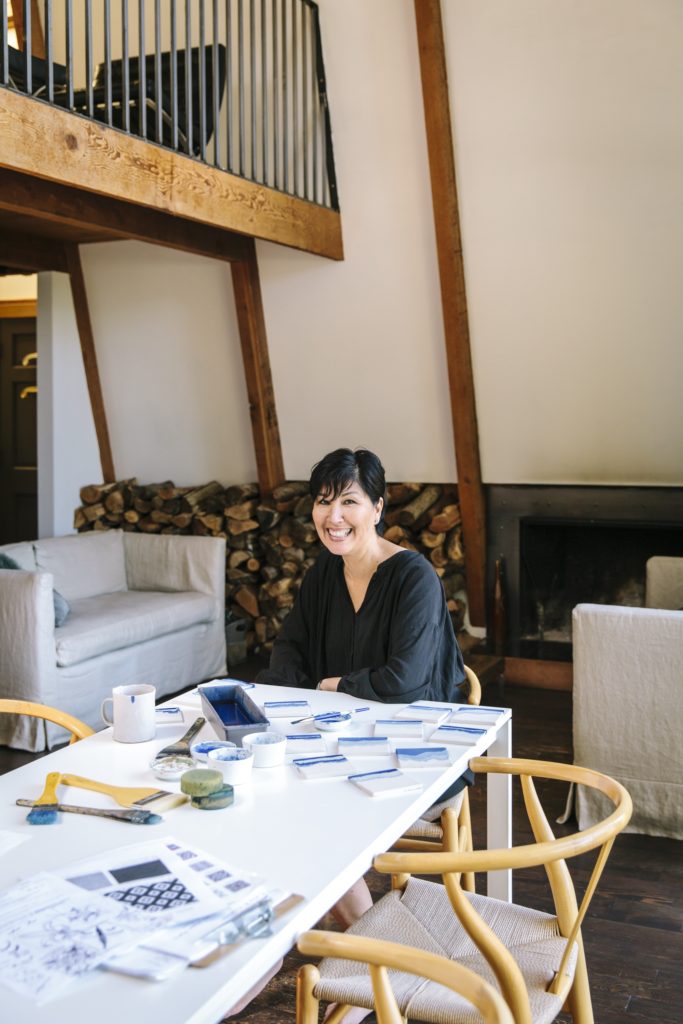
Deborah Osburn.
“Tile isn’t just decorative—it stands for something,” says Osburn, whose interest in the medium has always extended beyond its utilitarian purpose. One of her early encounters with tile came as a college student studying sculpture at the Kansas City Art Institute, where she would integrate found objects, including tile, in her works. After her brief stint in Milwaukee, Osburn moved to Denver, intending to go to law school, and found a side job in the showroom of a tile company. “It was there that I fell completely in love with tile,” she recounts. At the showroom, she learned the nuts and bolts of the business—at a time, she notes, when the tile industry in the United States was just beginning to get savvy to the creative possibilities of the material, even though it had long been ubiquitous abroad. In short order, she assumed a full-time role at the showroom. “I was a strange oddity of a very young woman who had an art background who was in a construction industry product,” she says, adding, “and I’ve been that kind of odd man out since the beginning, pushing and cajoling the world of tile in the U.S. to be way more than four-corner white tile.” Needless to say, she never made it to law school.
Two years into her job, Denver went into an economic decline and the tile company closed its doors. Osburn packed her bags and moved to the San Francisco Bay Area, closer to her family. With her background, she quickly found a job at a tile showroom in San Francisco. During her year there, Osburn began to notice that many customers would come in seeking particular decorative tiles for their Victorian houses, only to find only plain tile offered. “They were always asking for these decorative liners and colors, and I’d [say], ‘Oh, sorry, no, that’s not available.’ I was answering this question probably three or four times a day, and I thought to myself, this is crazy! If we had these tiles we could sell a zillion of them.” She ran the idea by a friend and fellow tile maker, but he immediately dismissed it. Undeterred, Osburn went out and bought a tiny test kiln of a sort usually used to fire jewelry and set it up in her dad’s garage. With the help of her retired father, she produced her first batch of tiles—and her company, Bisq’ettes, was born.
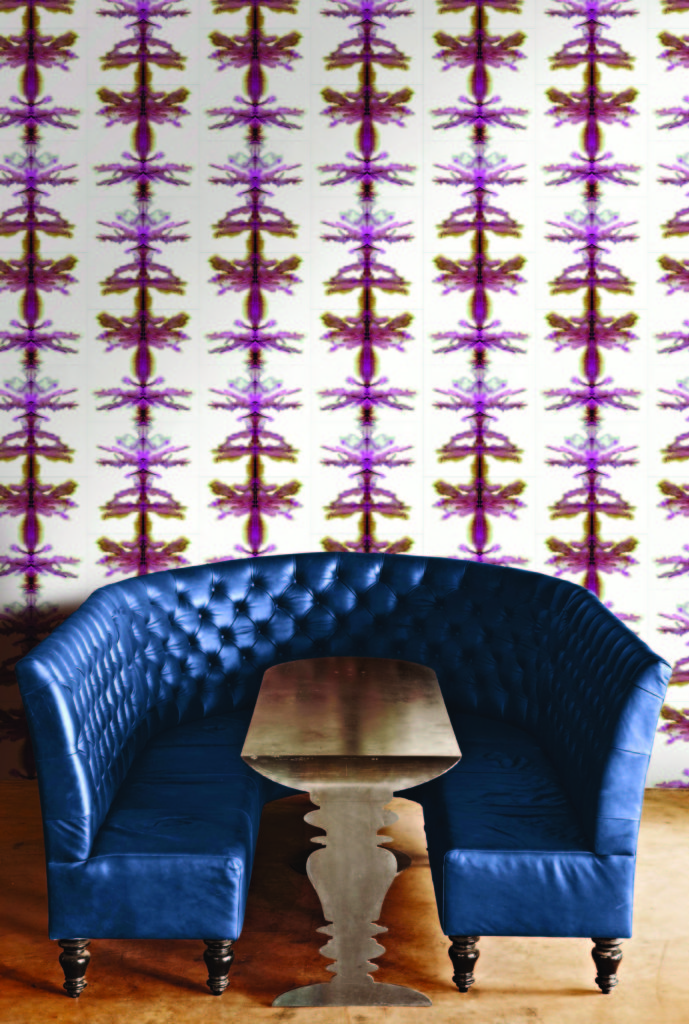
An installation view of Vertical Stripe from the Rorschach collection.
Over the course of fifteen years, the business grew to a two-hundred–person operation with a factory that produced small ceramic tiles in San Francisco that were sold to big-box stores like Sears and Home Depot. Despite its success, however, Osburn felt increasingly alienated from the creative process. “At one point I realized I had stopped being a designer, and instead, become an industrialist,” she says. Osburn took a hiatus and spent the next few years raising her two sons and helping launch a charter school. But it didn’t take long for her to make her way back to the tile world, and her timing was impeccable. Just as design blogs were proliferating on the web, she started her own in 2009 called Tile Envy, logging all her thoughts and discoveries on the subject. Within a month, she was inundated with emails from designers and tile makers from across the globe, asking her to recommend or feature their tiles. And it occurred to her that there was a need for an online marketplace for remarkable tiles. “I thought, ‘I bet I can put all of these amazing things up, sell them, and also honor all of these people who are making the tiles—and bring tiles from other countries into America.’”
This fall Clé turns six, and has grown to roughly thirty-five employees, hailing from around the world. With Osburn at the helm, they explore the technical and visual capabilities of tile—understanding that it is at once functional and highly aesthetic, exacting and versatile. An assortment of materials are tested and put into production, from stone and brick to cement and terra-cotta, and offered in a variety of shapes and styles. Moving beyond ceramics, Osburn will be introducing new collections using metal and terrazzo—as well as one in glass, titled 1970, an “ode to David Bowie’s best years.” She continues to collaborate with top designers and artists—such as Eskayel, Gachot Studios, and Erica Tanov—on new collections. One standout is Rorschach by Glasgow design studio Timorous Beasties, with designs that fittingly resemble the famous psychological inkblot test but in rich, electric colors and dense patterns. Like so many of the tiles Clé produces, it is a self-contained work of art, a world within a world. Even Osburn’s son Luca has recently contributed to Clé, designing the second iteration, Tides, of the Watermark collection, dreamlike—hand-painted porcelain tiles in soft hues of greens, pinks, grays, and blues.
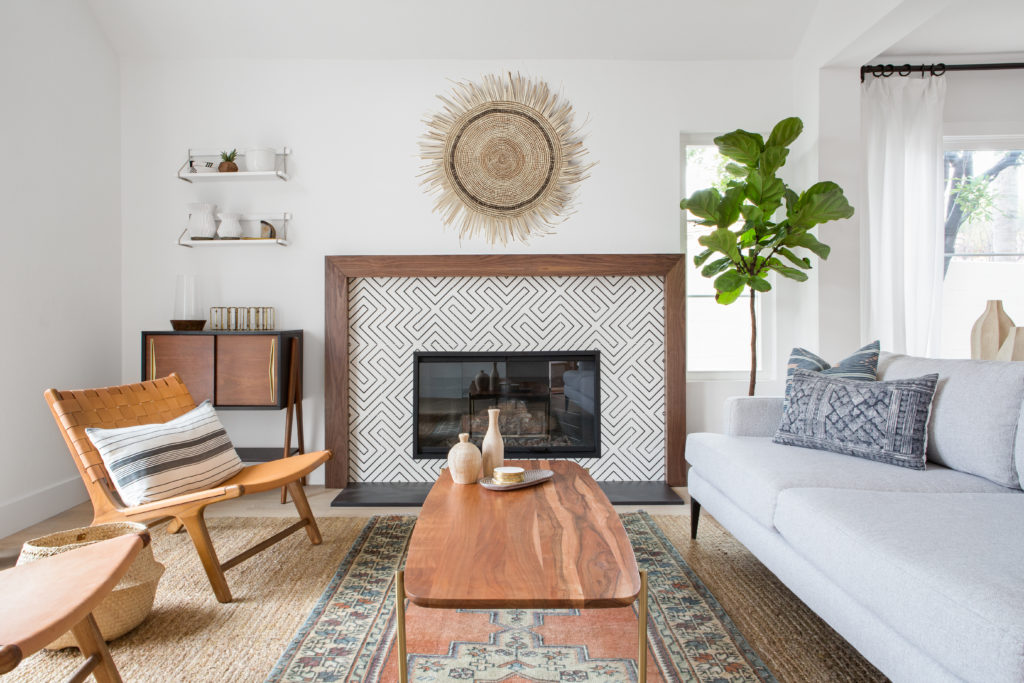
Zenith, another encaustic cement tile pattern, installed on the fireplace in a living room designed by Lindye Galloway Interiors. CHAD MELLON PHOTO.
There’s more to come for Clé. With twenty collections slated for this year alone, Osburn is gearing up to relaunch her website and to open a brick-and-mortar, trade-only showroom in East Marin at the end of the year. It will also include exhibition space for visiting artists and a tile guild to train the next generation of tile makers. “We’re going to stretch people’s imaginations even further on the use of tile as a surface,” Osburn asserts. Many would agree she already has.


